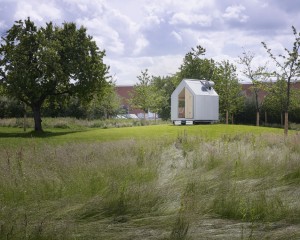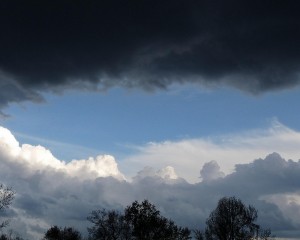Prepare for the Worst
If Hurricane Sandy has taught us anything, it’s that disaster can strike at any moment in the most unforeseeable and traumatic ways imaginable. Perspective is always provided in moments of crisis; it makes us realize how temperamental our habitation of Earth can be, and that we are always at the mercy of the elements. We seem to lose touch with this concept after being securely located in specific areas for a long time without experiencing any disasters. The ‘It won’t happen to me’ factor is most certainly a prominent one. But if there’s anything we can take away from this experience, it’s that disaster can strike anywhere, at any time, no matter how many times you tell yourself it won’t happen to you specifically. So where do we go from here? Back to the drawing board to assess our ‘worst-case-scenario’ options and plans – the likes of which are probably limited for many of us.
A recent Zillow article highlights the importance of having a ‘backup plan’ or ’emergency fund’ but providing readers with two unique stories from Hurricane Sandy survivors who discuss their experiences during the disaster, and their new-found appreciation for planning for the worst.
The biggest theme derived from this article was the importance of having a savings account or ’emergency fund’ at the ready. No. Matter. What. Whether you’re living inland or coastal, bad things happen to good people. That’s the reality of the climate-disaster we call a planet. We’ve been pushing our limits with nature for quite some time now, and it’s starting to push back.
Be prepared. Nobody likes getting caught up creek without a paddle, or in a storm without a backup plan. As we mentioned in our post ‘Hate To Say We Told You So…‘ climate disasters are increasing at an alarming rate with no signs of relenting the onslaught. To avoid disaster, implement prevention tactics. You just might need them one day.
For more environmental and real estate news, follow us on Twitter @enviromint.
image courtesy of 401(K) 2012





